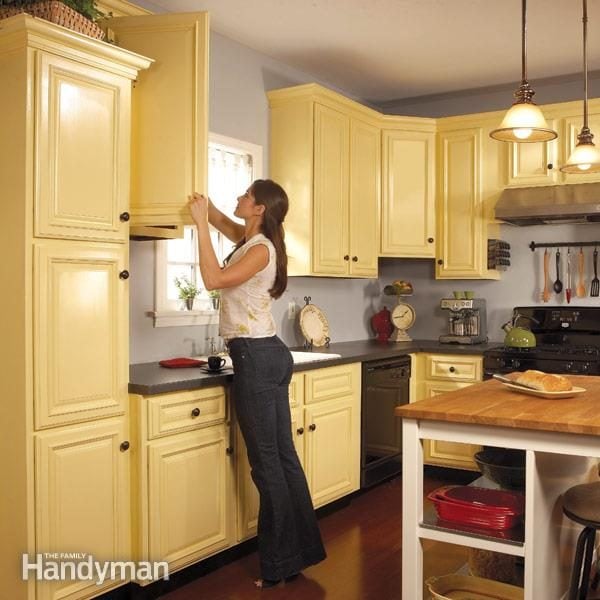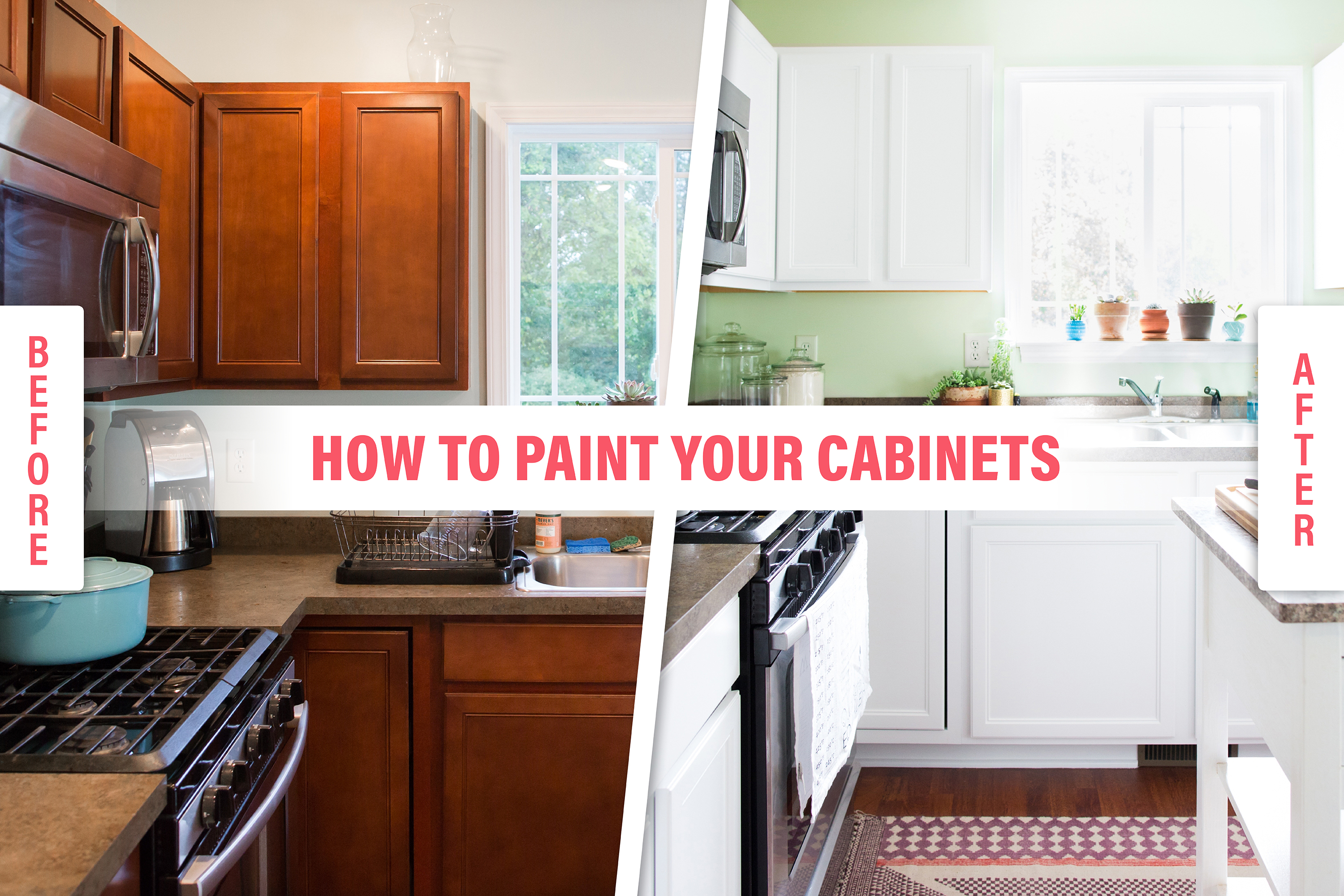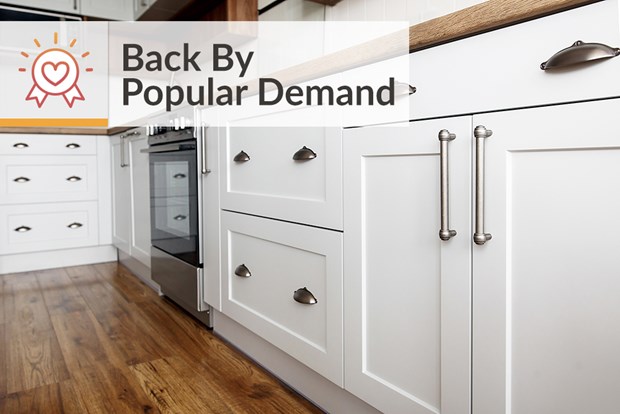The 7-Second Trick For How To Paint Kitchen Cabinets And A 5 Year Update!
On the drawback, the process can produce a lot of moisture and fill wood. Heat stripping is like a tango between the hand holding the heating system and the one with the scraper. Hover the device over the surface. When the paint bubbles, gradually move the heater along and try to develop a rhythm so that you're scraping and warming in unison.
If you're going to utilize a chemical stripper, understand that anything that eats paint is unsafe which getting the job done without methylene chloride (see above) will be safer but slower. These wood stripping items consist of less hazardous, less harmful active ingredients and remove both latex and oil paints. A paste with a frosting-like consistency that can be brushed, rolled, or sprayed on - Cabinet Painters Charlotte.
Benzyl alcohol One coat gets rid of up to 15 layers of paint. 3 to 24 hr Remove the paint, scrub off the residue with a damp nylon brush, and wash with water. Cabinet Painting 28217. about $65 per gallon This paste deal with a paper cover to control evaporation. Ideal for lead paint and masonry, but can stain furniture woods.
Refinishing Kitchen Cabinets For The D-i-y - Extreme How To click to find out more for Dummies


12 to 24 hours Peel the paper and scrub the surface area with a damp brush; let dry thoroughly, then use a neutralizing option. about $45 per 1 gallons This wood stripper is an orange gel, best on furnishings information and flat surfaces given that it is thin. N-Methyl-2-pyrrolidone (NMP) A -inch coat removes as much as 7 layers of paint.
about $20 per half gallon Years earlier, if you required a fast-acting chemical paint stripper, you chose an item that included a seriously poisonous chemical called methylene chloride (likewise called dichloromethane, or DCM), cranked up the fan, and got the job done quickly. Cabinet Painting Contractors 28215. Usually speaking, the much faster a chemical penetrates paint and finish, the more poisonous it is, and DCM is fastpaint starts to bubble in minutes.
Prolonged direct exposure to DCM, through the lungs or skin, has been linked to liver damage, cancer, and even death. The vapors can overwhelm air-purifying respirators, and just a couple of whiffs can leave you wheezing and lightheaded. Europe banned it for domestic use in 2010. While DCM-containing paint strippers are still commonly sold in the U.S., the Centers for Illness Control and Avoidance has connected the component to 13 deaths in 10 states.
Not known Factual Statements About Everything About Kitchen Cabinet Refinishing - H.d.f. Painting
/GettyImages-944581626-a6b5d4fb0b374a3c87a6d7746844eb23.jpg)

No paint-stripping undertaking is total without an arsenal of scrapers to usher away softened paint. A 5-in-1 paint scraperalso referred to as the "painter's tool" since the curved edge can be used to clean up a paint rolleris the go-to tool for removing most kinds of paint. Metal pull scrapers included changeable blade profiles to match the surface you require to strip, offering more control than push scrapers in difficult situations or on great information.
After that, change or resharpen the blades. "Keep a hand file nearby to quickly bring back the edge of a steel scraper," states TOH basic specialist Tom Silva. "Brace the scraper against a flat surface, attempt to follow the initial bevel, and constantly file in the very same direction." Carbide blades hold an edge much longer than steel, but resharpening needs a diamond stone and some ability.

When utilizing push scrapers, select plastic over metal, to avoid gouging; this is particularly important with chemical strippers, which can soften wood. Nearly 90 percent of homes developed prior to 1940 have some paint loaded with this hazardous metal. Although its use entered into steep decline after 1950, lead-based paint wasn't banned in the U.S.
About Removing Old Paint From Nice Wood. - Residential Painting.Contractors - Tips to Safely Remove Old Paint
Here's how to spot it. Utilize an utility knife to make a V-shaped cut through all the layers of paint, then brush the groove with a LeadCheck swab. An intense red color shows lead is present. Scrape a table-spoon of chips into a bag and send them to a laboratory for testing.
For a couple of hundred dollars, a licensed lead inspector will carry out an X-ray fluorescence test to recognize the quantity of lead present in all the painted surface areas in your house. Lead is nasty. Exposure can raise your high blood pressure, tension your nervous system, and damage your memory, among other threats. Cabinet Painters 28226.
If you desire to eliminate lead-based paint yourself, in addition to the gown and prep actions (next), follow these preventative measures: Use just heat or chemicals to prevent kicking up lead-laced chips and dust If you need to sand, usage equipment fitted with a shroud and a HEPA vacuum accessory. Wet-sand removed surfaces to lessen dust.
The Best Strategy To Use For How To Remove Old Polyurethane and Stain From Cabinets - Residential Painting.Contractors - 704-931-8438
Location debris in specialist bags; seal with duct tape. Discover better suggestions at www2.epa.gov/ lead. Avoid canvas drop cloths in favor of 6-mil plastic sheeting, which won't trap fine grit or let chemicals permeate through. Extend the sheeting a minimum of 6 feet beyond the work area and overlap and tape the edges.